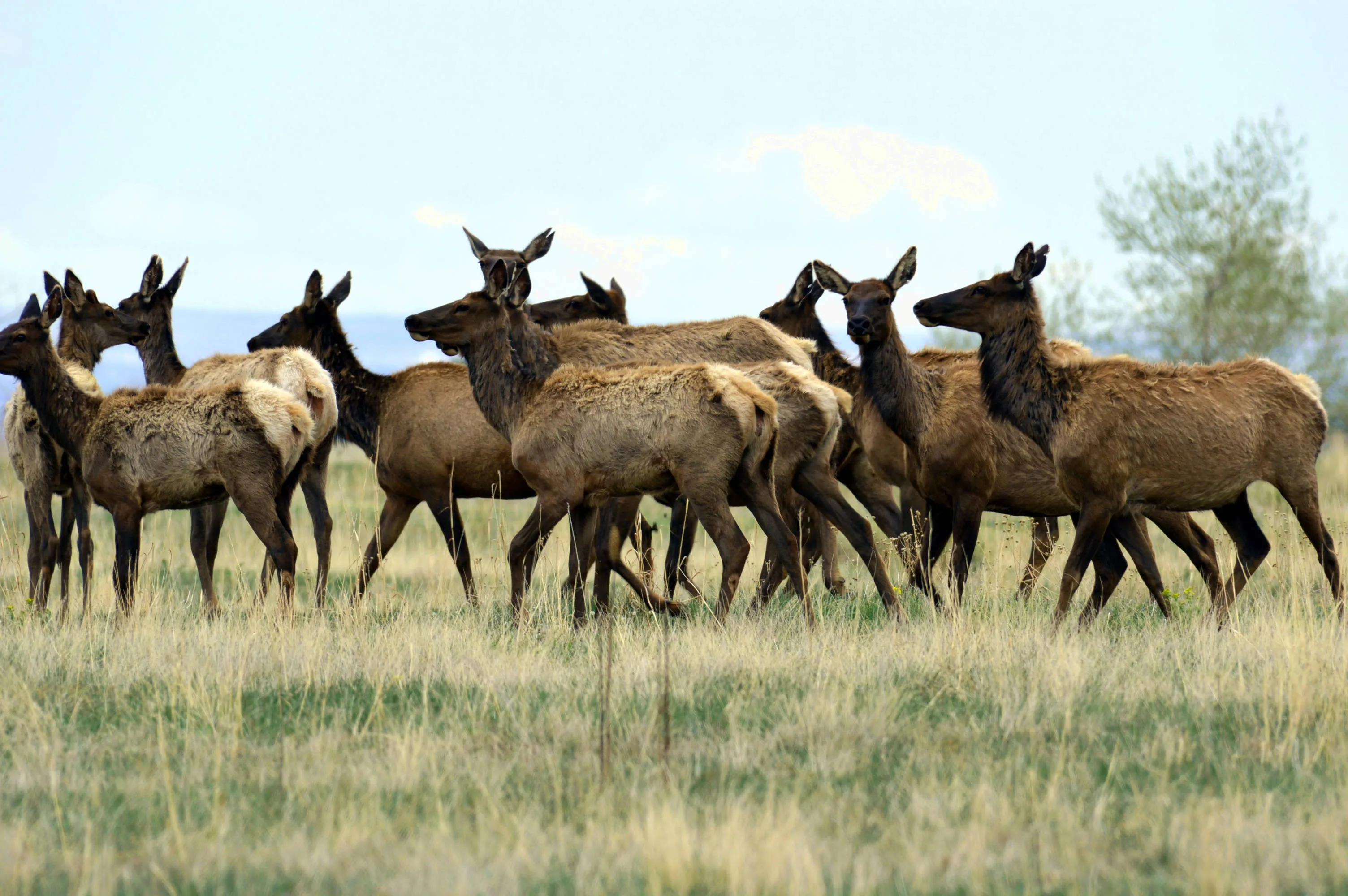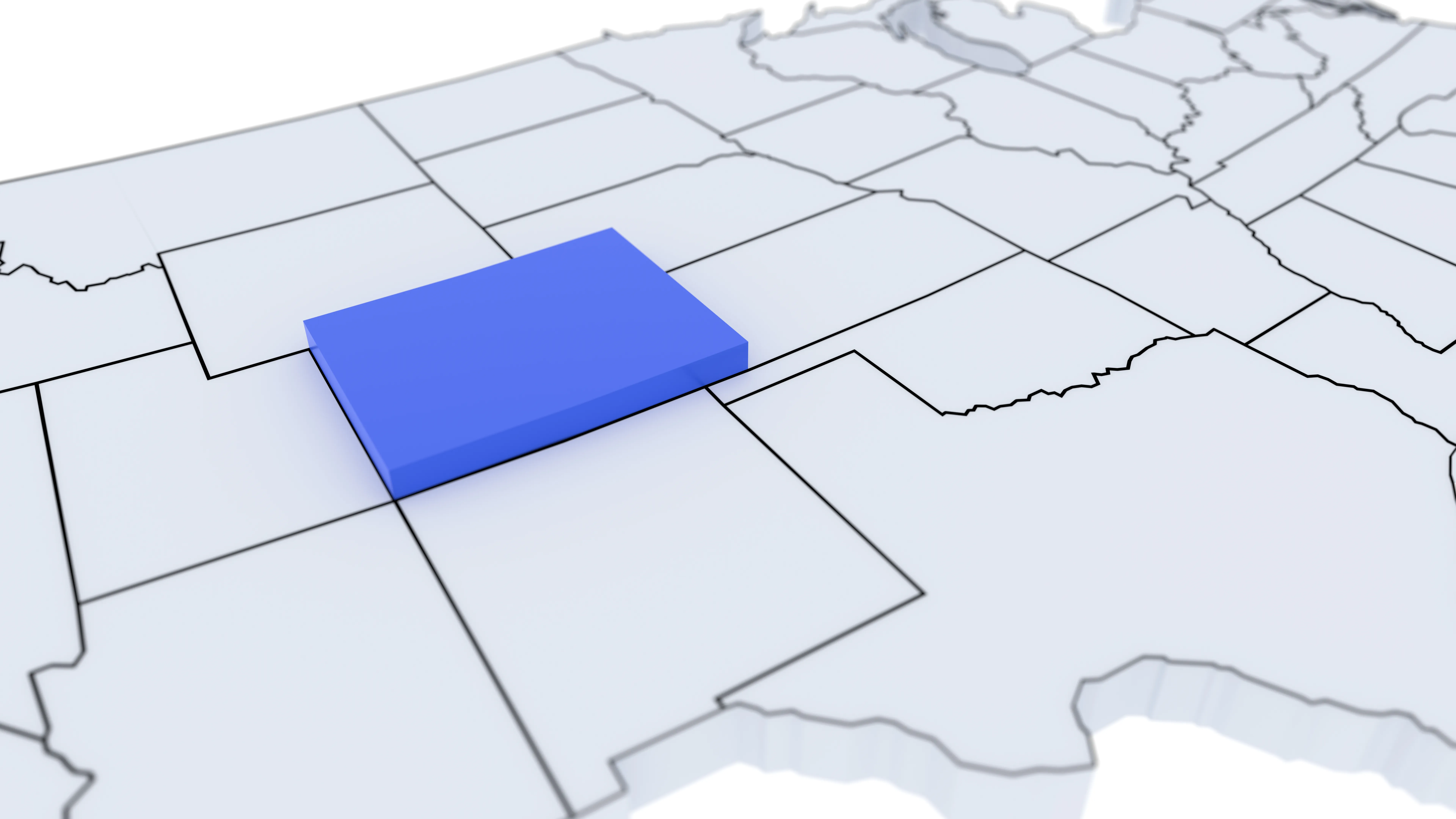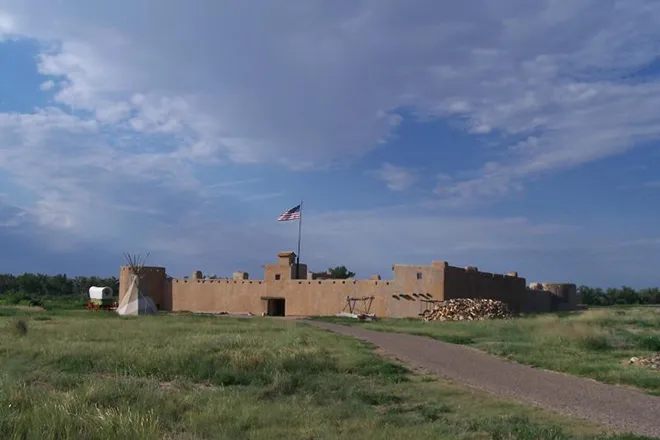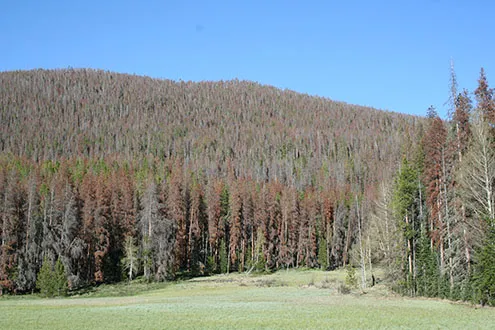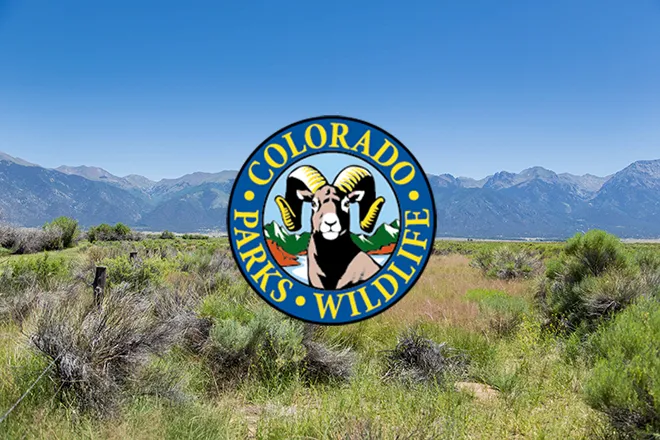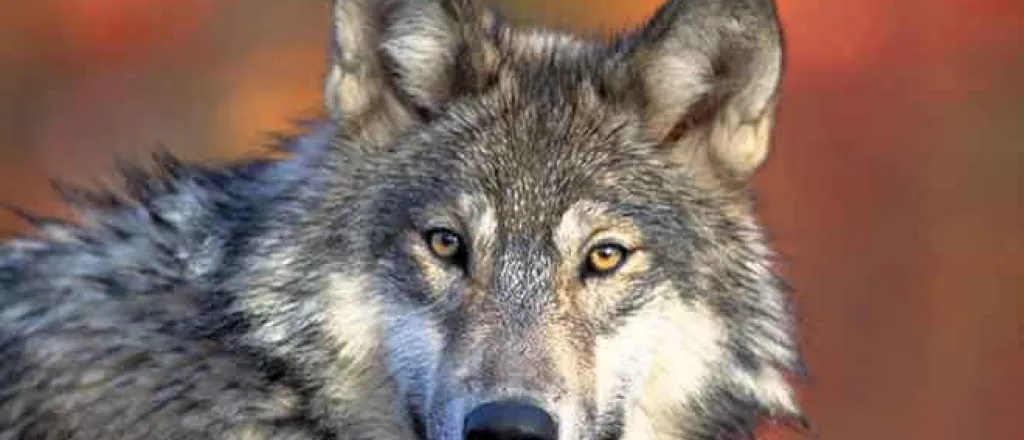
Colorado running out of options for new source of wolves after Washington rejects request
With the third winter “release season” in Colorado’s gray wolf reintroduction plan just weeks away, state wildlife officials are scrambling to find a source for additional relocated wolves.
A deal to source up to 15 animals from British Columbia is in doubt after the federal government, under pressure from livestock groups and conservative activists, ordered Colorado Parks and Wildlife not to import Canadian wolves. Officials in the Republican-controlled states of Montana, Idaho and Wyoming, home to large and well-established wolf populations, have made it clear that they won’t help Colorado’s restoration efforts.
And one of CPW’s few remaining options was taken off the table Saturday when its request to capture and relocate wolves from Washington was rejected by wildlife commissioners there.

Colorado Parks and Wildlife
“I certainly heard loud and clear from Washingtonians this morning, (on) all different sides of the aisle, saying it’s just not the time for us to support this,” said Lorna Smith, a conservation advocate and member of the Washington Fish and Wildlife Commission.
Colorado’s restoration plan calls for annual releases of 10 to 15 relocated wolves for the program’s first three to five years, with an initial target population of 50 individuals. CPW captured and relocated 10 wolves from Oregon in December 2023 and another 15 from Canada in January 2025.
In an Oct. 28 letter to Washington wildlife officials, Colorado Governor Jared Polis wrote that while the state’s goal is to secure up to 15 wolves again this winter, “even 5-7 would be extremely helpful towards successful species recovery.” CPW Director Jeff Davis, speaking to the commission in Washington on Saturday, reiterated that Colorado would cover the costs of capture and relocation operations, which could take place at any point through the end of February.
Washington’s reported wolf population declined in 2024 for the first time since confirmed wolf packs were reestablished in the state in 2008. Kelly Susewind, director of the state’s Department of Fish and Wildlife, told commissioners that the decision was up to them.
“We’ve assessed this with our staff — we feel that biologically, we can accommodate the request, should you choose to go that way, without interfering with our recovery effort,” said Susewind.
But on a motion from Smith, who cited the “cautionary message” of Washington’s declining 2024 wolf count, the commission voted 8-1 to deny Colorado’s request.
“I myself am really torn on this issue, because of course I’d love to see wolves recovered across the Rocky Mountain range, including Colorado,” Smith said. “But Washington’s wolves, I don’t believe are in a position to assist with that at this point in time.”
Federal intervention
After two years of winter releases, Colorado currently has a population of around 20 adult or yearling gray wolves, with an unknown number of new pups born to four confirmed breeding packs in 2025. Survival rates for relocated wolves have been lower in Colorado than in previous reintroduction efforts in the northern Rockies, but CPW officials say their efforts are on the right track.
Livestock groups — who opposed the 2020 voter-approved ballot measure requiring wolf restoration and have sought to delay or pause its implementation ever since — scored their biggest victory to date in the fight against the program last month, when the U.S. Fish and Wildlife Service ordered CPW to halt any efforts to source wolves from outside a specified area in the northern Rockies, including Idaho, Montana, Wyoming and eastern portions of Washington and Oregon.
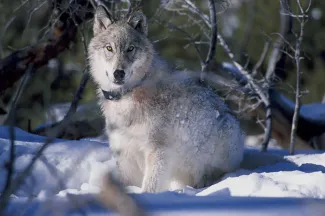
USFWS - public domain
The USFWS letter claims that sourcing wolves from outside the northern Rockies is “violative” of the permit the agency issued for Colorado’s experimental wolf population under section 10(j) of the Endangered Species Act. But while the state’s 10(j) permit, issued in 2023, identifies northern Rockies wolves as a “preferred donor population,” it does not contain any such requirement or limitation on relocation operations.
“The 10(j) rule does not mandate that Colorado’s wolves come from specific states, period,” Thomas Delehanty, a senior attorney with Earthjustice, said in a statement at the time.
While Polis wrote in his letter to Washington officials that the state “disagree(s) with the legal basis for (the USFWS) analysis,” Davis said at last week’s meeting of the Colorado Parks and Wildlife Commission that CPW is “working very diligently to be consistent with the letter.”
As it has for every year of the reintroduction program’s operation, a coalition of livestock groups and rural county commissioners has submitted a petition to pause additional wolf releases until at least November 2026.
In a brief statement Monday, CPW spokesperson Luke Perkins said the agency “continues to evaluate all options to support this year’s gray wolf releases in alignment with the approved Colorado Wolf Restoration and Management Plan and the 10(j) Rule.”
Jerry Cornfield of the Washington State Standard contributed to this report.

